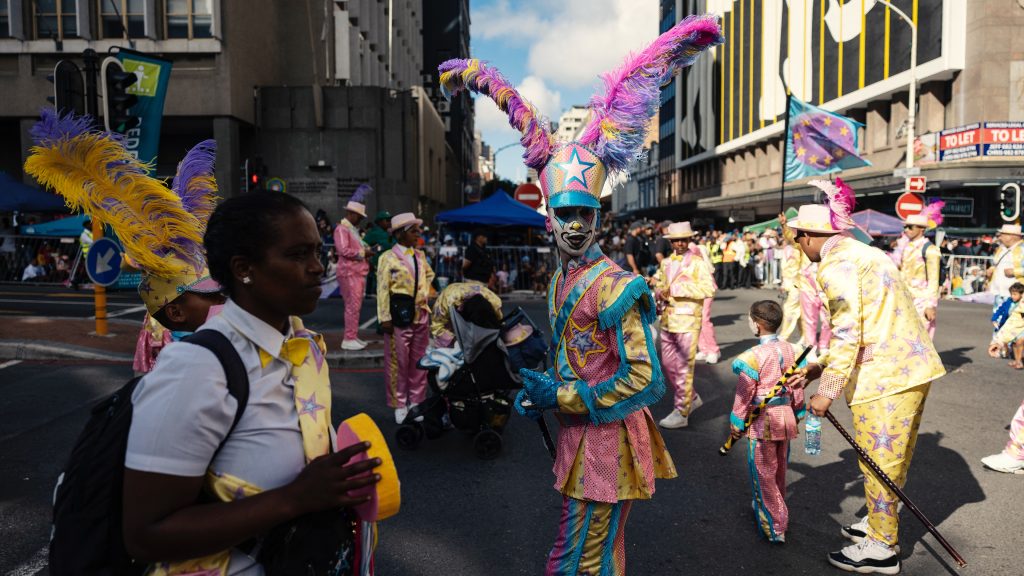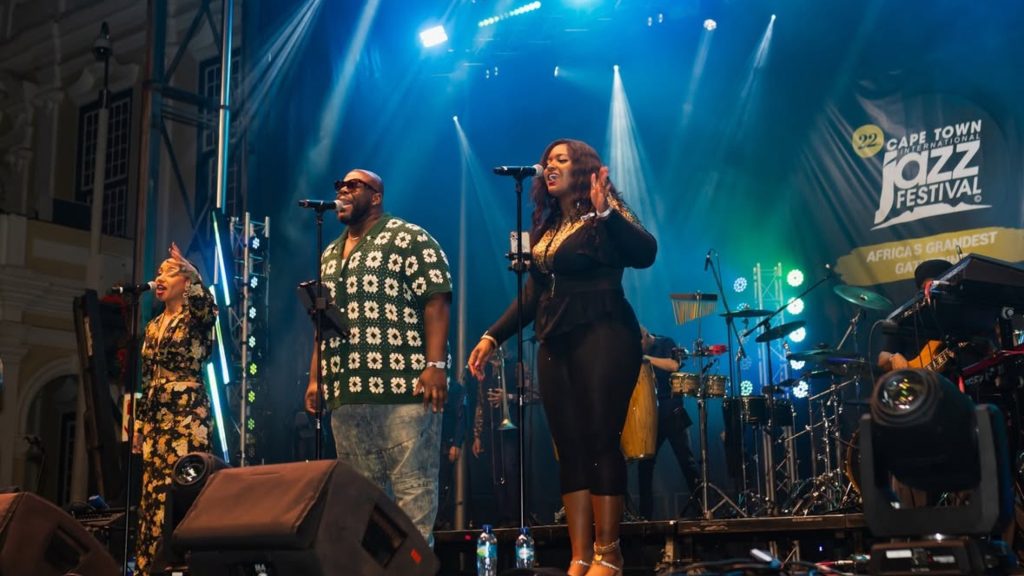Coloured culture in South Africa springs from a rich, diverse heritage. In the 17th century, Dutch colonizers brought slaves from Indonesia, Malaysia, Sri Lanka, India, and East Africa to the Cape as laborers.
Consequently, these groups blended with local Khoisan and European settlers, forging a unique identity. Emancipation arrived in 1834; however, apartheid later imposed harsh restrictions on these communities.
As a result, the term “Coloured” defines this mixed-ancestry group, central to Coloured culture in South Africa. Through vibrant festivals and cuisine, their resilience shines brightly.
Kaapse Klopse: A Vibrant Tradition

Kaapse Klopse, a dazzling festival, anchors Coloured culture in South Africa. Held annually on 2 January, known as Tweede Nuwe Jaar, it draws up to 13,000 minstrels. They parade in vibrant outfits, wielding umbrellas and instruments, celebrating their heritage.
Historically, 19th-century slaves rejoiced on this day off post-abolition. Meanwhile, American minstrel troupes in the 1860s and 1890s shaped its style, introducing blackface elements. During apartheid, authorities labeled it the “Coon Carnival,” but this term was later dropped to reject slurs.
Today, troupes compete in song, dance, and costumes, with the ghoema drum blending African, Asian, and European rhythms. For example, songs like “Ek soek na mijn Dina” spark community pride.
Cape Jazz: Sounds of Resistance
Emerging in 1959 with The Jazz Epistles, featuring Abdullah Ibrahim, Cape jazz embodies Coloured culture in South Africa. It fuses marabi piano with American jazz and local folk songs from Cape Coloured and Malay communities.
Notably, brass, banjos, and percussion energize street performances. In the 1970s, Basil Coetzee and Robbie Jansen crafted “Mannenberg,” a township anthem against apartheid displacements. Furthermore, goema jazz weaves in the ghoema drum from Klopse carnivals. Artists like Tony Schilder and Kyle Shepherd uphold this legacy of resistance and joy.
Moreover, the Cape Town International Jazz Festival, launched in 2000, amplifies this sound, growing into Africa’s largest jazz event, hosting global stars annually.

Cape Malay Cuisine: Flavors of Heritage
Cape Malay cuisine shapes daily life within Coloured culture in South Africa. Spices like cinnamon, cardamom, and ginger, brought by 17th-century slaves, flavor its dishes.
For instance, bobotie combines spiced minced meat with an egg topping, while koesisters deliver sweet, syrup-glazed donuts dusted with coconut. Additionally, samoosas and bredie stews star at community gatherings.
In Bo-Kaap, food forged bonds despite apartheid’s scars. The late Fatima Sydow, who passed in 2023, shared these flavors through her show Kaap, Kerrie en Koesisters and cookbooks like Cape, Curry & Koesisters. Rooted in her Cape Flats upbringing, her work celebrates this culinary heritage.
Tyla’s Story: American Backlash on Identity
Coloured culture in South Africa often faces misinterpretation abroad, as seen with singer Tyla Laura Seethal. She proudly identifies as Coloured, a term reflecting a distinct ethnic group with mixed ancestry in South Africa, not a slur.
However, in the U.S., differing racial frameworks cause confusion. For example, some American critics misread her identity, unaware of its historical context shaped by colonialism and apartheid. Consequently, online discussions reveal tensions, with critics claiming her identity hinders global appeal.
Supporters, however, argue South Africa’s racial history, unlike the U.S.’s “one-drop rule,” defines “Coloured” uniquely. Tyla’s amapiano-pop music celebrates her Cape Town roots, yet her experience underscores a broader issue: global audiences often misunderstand Coloured culture in South Africa.


